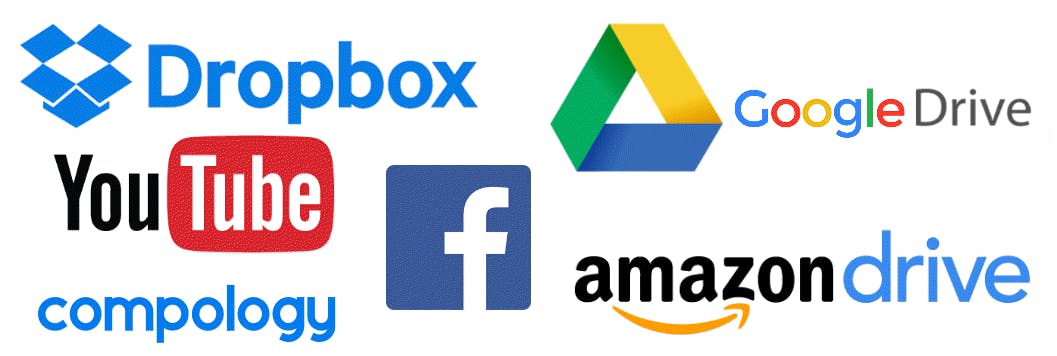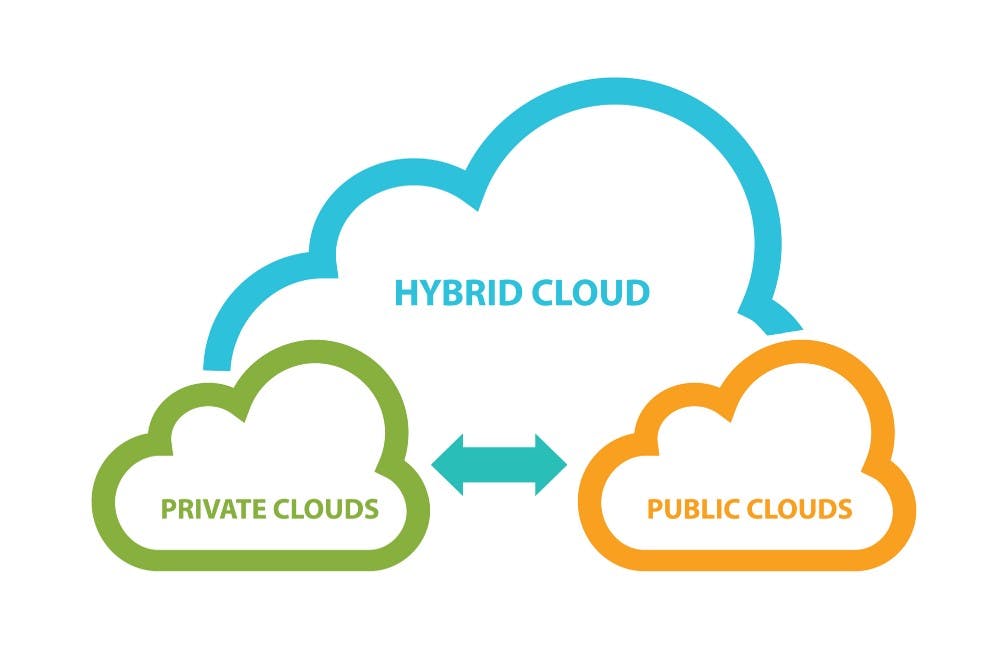What is cloud computing?
If you are using google drive, Gmail, google photos, Microsoft one drive, Netflix, or prime video then you are already connected with cloud computing because all these services are based on cloud computing. Over the internet, cloud computing offers services that are available on demand.
Let us understand this with an example, If there is a newly started startup then its related documents and data will be stored in hard drives or SSDs. In the future, if the startup gets growth, the data will also increase such as employee details, etc. For this we need to buy more hard drives or SSDs to store all the information, along with that there should be different tech teams assigned to maintain and manage the data. If any problem arises then there should be strategies to solve that problem.
So now think, if you have a service that stores the data and whatever work we need to do in local servers or systems then that is done somewhere on the remote machine which is located with someone where the maintenance, security, and tech team charges are managed by someone else. Here we will only pay the fee and can use the service accordingly, the only condition is we need to have a proper internet connection to access the service, so this type of service is called a Cloud computing service.
This type of service is provided by cloud providers such as Microsoft azure, google cloud, AWS, IBM Cloud, Alibaba cloud, iCloud, etc.
Difference between cloud storage and cloud computing
Before going to the difference, let us see what exactly cloud storage is, When we think about cloud storage the first thing that comes to our mind is something like storing files. Yes! cloud storage is something like that, Which stores data on the internet, whether it is google drive, dropbox, or iCloud. Cloud storage means storing the data in servers, so it can be made accessible on the internet where we can store data in online servers and once our data gets stored in the cloud then we can access our data with any device. For personal use, we can store media files and emails as it gives unlimited space for data storage along with less cost and more security as compared to any other traditional storage.
The difference between cloud computing and cloud storage are-
Cloud computing requires high processing power as compared to cloud storage where cloud storage requires more storage and space.
Cloud computing is targeted at businesses where cloud storage is used for professional and personal reasons.
Advantages of cloud computing
Trade capital expense for variable expense-
In the traditional model, we spend a lot of money on buying equipment and paying for data centers. Whereas in the cloud we only pay for our services as it uses a pay-as-you-go model.
It's time to stop guessing the capacity-
When we plan a new workload, we have an idea about what we need in terms of storage space but in actual we need is much lesser leading to the wastage of a lot of resources. With the cloud, we don't face this problem as we can adjust our capacity based on our demand.
To increase speed and agility-
In this context, speed means deploying the resources easily and quickly, agility is the ability to react to change and bring things to market faster. With help of the cloud, we can bring things to market faster so that in competitive situations we can respond to our customers needs better than competitors.
To stop spending money on running and maintaining data centers.
We can go global in minute.
With cloud services we can deploy the resources all over the world.
Applications of cloud computing

Their are various applications under cloud computing ,some of them are-
Business applications -
To expand the business, every firm needs cloud business applications. Few business applications on cloud computing are :
Paypal, Whatsapp, salesforce, skype.
Data storage and backup applications -
We can store files, data, images, audio, videos, etc (e.g. Google Drive) and if data gets lost we can recover it through backup.
Educational applications -
Online distance learning platforms are provided in different domains (e.g. Google document a service provided by google)
Educational platforms such as chromebook, AWS, etc.
Entertainment applications -
Netflix, youtube uses cloud-based video-streaming service using a cloud media player. Spotify is cloud-based audio streaming service, which allows user to create their playlist and can also listen to them in offline mode.
Satellite image processing -
Where satellite generates lots of image data this image is useful for weather forecasting, and navigation where scientists and researchers need image analysis tools and computing resources so, for image processing requirements, the cloud can provide it.
Online editing softwares -
There are various types of art applications for designing a quick and easy variety of cards, booklets, and images, also cloud-based video editing software's available.
E.g. MOO- It is a cloud-based art application used to design business cards.
Social media applications -
Social cloud application allows a large number of users to connect, such as facebook, Linkedin, and Instagram.
Types of cloud computing

We can categorize cloud computing into two models i.e Deployment model and the Service model. The deployment model is further categorized into three subtypes i.e Public cloud, Private cloud, and Hybrid cloud. Let us understand the above three types with help of an example, consider different types of vehicles that we use to travel.
Public cloud : Let us consider the bus as an example which is accessible to everyone, we pay for the seat and time distance we travel also here the cost is very less. The same thing happens in the Public cloud we only pay for the resources we use, Public cloud is owned by the cloud providers and is made available to the general public.
For example, IBM's Blue cloud, Microsoft Azure, AWS, and Sun Cloud.
Private cloud : A private cloud is like buying a car for traveling. It is all owned by the owner and we don't need to pay in an hourly fashion here the cost is huge. A private cloud is extensively operated by a single organization where it can exist on-premise or off-premise.
For example, AWS, VMware.
Hybrid cloud : If we want the best of both types, that is the comfort of our car, and don't want to pay all upfront where we want to pay till time we use the service so we can rent a car, the same thing happens in a Hybrid cloud where it consists functionalities of both the cloud.
For example, Used by federal agencies.
Conclusion
In conclusion, cloud computing will have an influence on a sizeable segment of the computer industry, including software developers and internet service providers. Cloud computing makes it exceedingly simple for businesses to deliver their products to end consumers since it frees them from having to worry about server hardware configurations or other needs. All control plane duties relating to the creation, management, and maintenance of the virtual environment are delegated to an automated layer known as an API and other cloud management servers in virtualization and cloud computing. Cloud computing is a technological advancement with a lot of potential for global impact. It provides a wide range of benefits to businesses and individuals. One benefit it provides to organizations is that it decreases operating expenses by putting more of an emphasis on the business itself and spending less on maintenance and software updates. Cloud computing must deal with other challenges, though.